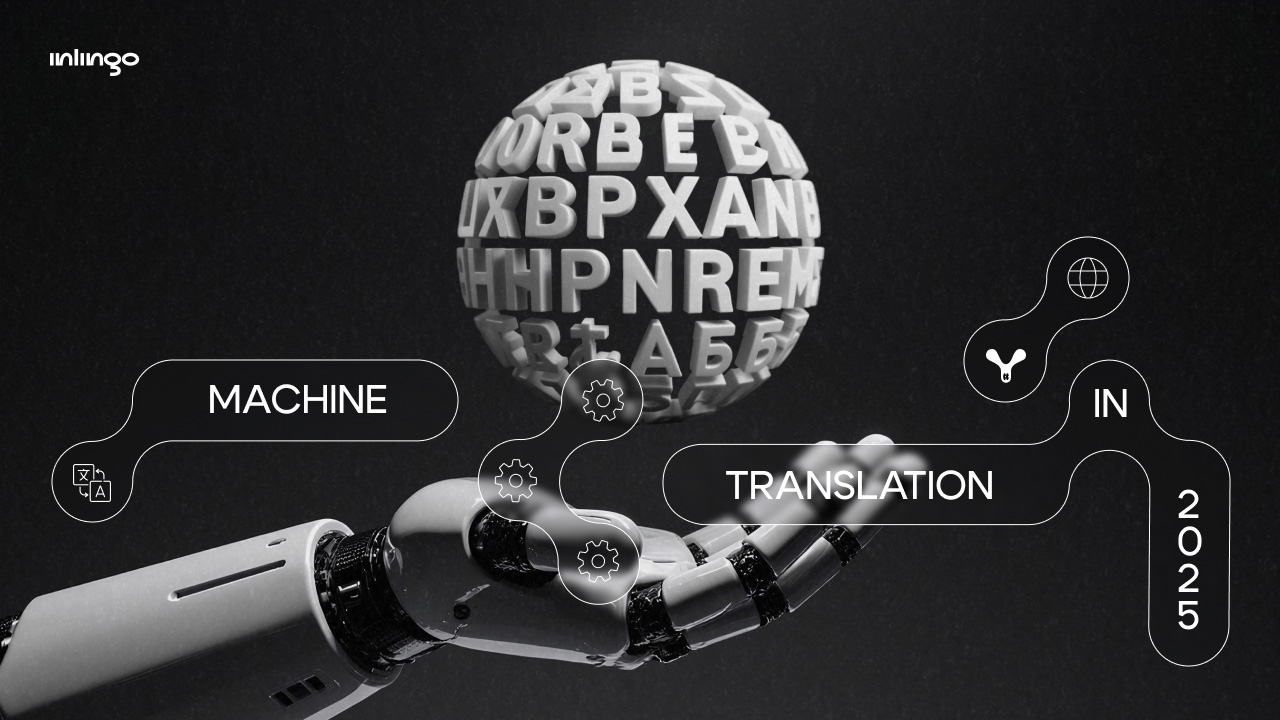Hundreds of ideas are born in the gaming industry on a daily basis, but only a tiny fraction of them get transformed into a real game, so how to pitch a video game idea is a key consideration. One of the main challenges that developers come up against is convincing other people of the potential that their brainchild holds. Not only do publishers, investors, and even members of the gaming community want to see an original concept, they also want a clearly structured pitch. That’s exactly why it’s important to know how to pitch a video game in a way that makes it stand out from the crowd of competitors.
This article will tell you everything you need to know to do that.
What a game pitch is, and why it’s important
In a nutshell, a pitch is a concise yet thorough description of a project that helps attract the interest of a company, investor, or even future players. In a market where thousands of titles are launched on a daily basis, a savvy pitch is what can springboard your dream to real game development.
A game pitch acts like a business card: it explains the product you’re creating, its target market, style, and potential. You may recall Stardew Valley: it looked like a classic farm game at the pitching stage, but thanks to clear positioning (Harvest Moon with modern mechanics and mod support), the game soon found fans and a company to launch it.
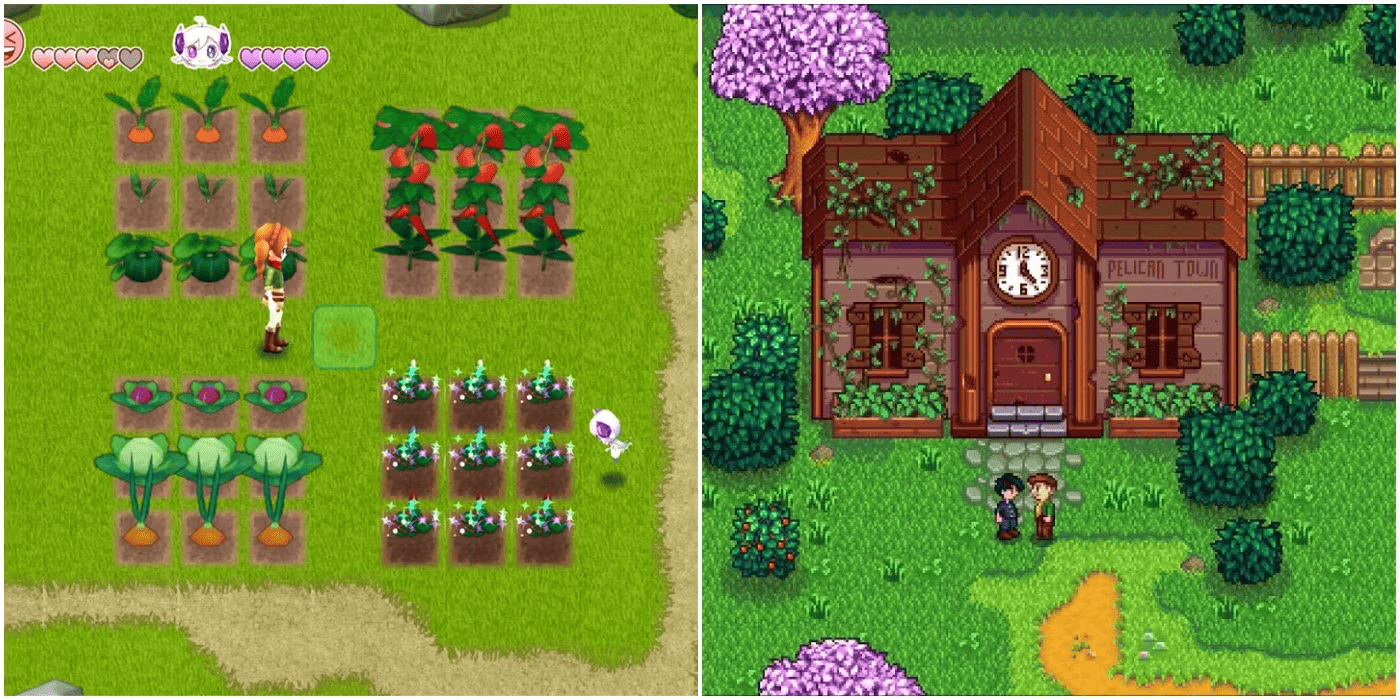
Harvest Moon, left, and Stardew Valley, right. Source
What a pitch involves
Elevator pitch
This is the quintessence of your game, its bottom line. One or two sentences that immediately explain why the game is worth playing. The formula “X + Y,” where “X” and “Y” are already well-known games, works particularly well.
For example, if you hear “Life is Strange + Twin Peaks,” you instantly know that the game the presenter is pitching has drama and mystery in an unusual atmosphere to look forward to.
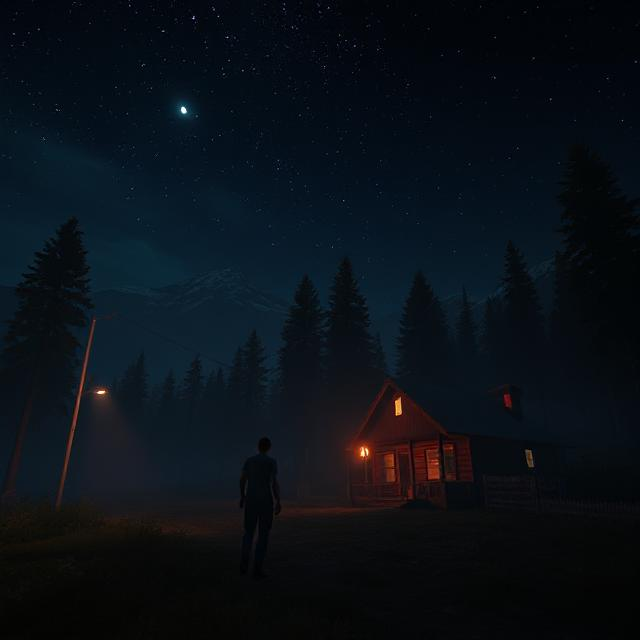
A game of this description could look like this. Generation: DeepAI
Visuals and/or prototype
Words rarely work without pictures—they won’t convince anyone. Art, character sketches, the conceptual design of levels, or even short gameplay clips paint a vivid picture of the product for the publisher and market. If you have a prototype of the game, even if it’s a raw one, it’ll speak louder than a thousand words.
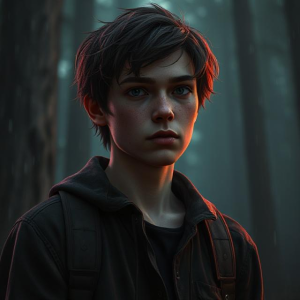

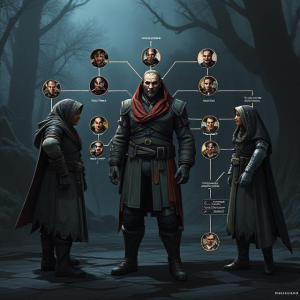
The main character, setting, and relationships between characters in a game could be displayed like this in a pitch. Generation: DeepAI
In the past, the creators of Hollow Knight showed a minimalistic build with a basic combat system—and that was enough for gamers and publishers to believe in the project.
Full description of the project
To make a pitch look convincing, you need to answer some core questions:
- What genre does the game fall under, and what sets it apart from competitors?
- Who is your target market (e.g., indie gamers, RPG fans, mobile gamers, etc.)?
- How is gameplay structured (e.g., core loop, unique mechanics, etc.)?
- What visual style and artistic design does the game use?
- Who’s behind the creation (the team, experience, and previous projects)?
- What budget and timeframe do the developers need?
Example: When CD Projekt RED were pitching the game the Witcher 3, they drew attention to the fact that it’d be an open world with non-linear choices—unlike linear RPGs like Dragon Age. This emphasis was used as a key argument for publishers.
How to structure the pitch deck
A pitch deck is the main tool to pitch a game. Unlike a long game design document, the aim of pitching isn’t to provide a detailed description of gamedev but to quickly spark the interest of a company, investor, or potential partner.
The optimal length would be 10-12 slides. This is enough to get across the essence of the product without overwhelming the listener with details.
1. Hook / hero image + logline
The first slide should be attention-grabbing.
- Hero image: vivid artwork or a key shot that instantly conveys the atmosphere of a game. For example, a screenshot of Cuphead characters in their retro cartoon style was used to instantly make the game stand out from the crowd.
- Logline: a brief one-sentence summary. For example, “Dead Cells is a procedurally generated roguelike game with dynamic combat, reminiscent of Metroidvania.”
The aim of this slide is to convey the genre of a game, atmosphere, and a synopsis to the company in 5 seconds.
2. Who makes the game
A short section about the team and their background. If you have a small indie setup, spotlight key roles, e.g., the game designer, programmer, artist, etc.
If the team has relevant experience, highlight it: e.g., the team includes an artist who helped develop mods for the game Hollow Knight, or our composer released an OST that received an award at a festival.
3. The nature of what you’re creating
Describe the genre, concept, and what makes the game you’re pitching unique.
- Genre: tactical RPG.
- Uniqueness: combat system centered around the rhythm of the music.
- References: close to the spirit of Fire Emblem, and the visual style of Hades.
4. Gameplay and core loop
This is the core element of any game pitch. When you’re pitching, a publisher will want to ask, “What will the player be doing 80% of the time?” In games that went on to become popular, the answer probably sounded something like this:
- “In Hades, the player fights, dies, and goes home to get stronger and unlock new abilities.”
- “In Papers, Please, the player checks travel documents and makes decisions while trying to maintain a balance between upholding the state’s laws and following their own moral compass, without forgetting to earn money.”
If there are unique mechanics, show them in screenshots or short GIFs.
5. Design and visual style
A game is primarily perceived visually, so visuals are ultimately more important than descriptions when pitching.
- Attach artwork, sketches, or shots from the prototype.
- Use references, e.g., “We drew inspiration from 1930s animation (Cuphead),” or “The style is reminiscent of Firewatch with its warm color palette and beautiful landscapes.”
6. Prototype or demo
Even a simple build can say more than a thousand words.
- In its early stages, Hollow Knight was a raw prototype with a basic combat structure.
- Slay the Spire started out with a simple card mechanic that developers pitched to publishers.
If the build isn’t ready, it’s worth showing at least a short video clip.
7. Road map and budget
It’s important for the company to see a realistic plan:
- Gamedev stages: prototype → alpha testing → beta testing → final product release.
- Timeline: e.g., 6 months away from alpha testing, and a year and a half away from the final product release.
- Budget: you don’t have to go into detail, but at least provide a ballpark figure—300 thousand US dollars for two years of development.
Don’t just list the expenses, include potential sources of revenue too (e.g., Steam, consoles, mobile sources, etc.). This makes a game more attractive to the firm you’re pitching to, who could potentially release it.
8. Contacts
A simple, yet often forgotten section.
- Your name, email, website, LinkedIn profile, or other way of getting in contact with you.
- If you have followers on X, LinkedIn, Telegram, or itch.io, adding a link will show the game already has an avid following of people interested in the game, which could make the publisher take an interest in you.
Why keep the pitch short?
A pitch is an invitation to a discussion, not the entire history of the development. A total of 10-12 slides is the happy medium. The publisher will take it from there and request a GDD or financial plan themselves if they’re interested.
How to deliver your pitch
Putting a pitch deck together is only half the work. The other half, which is no less important, is the ability to get your vision through to the right audience. Even the most striking execution of a concept or gripping gameplay can go unnoticed if the pitch isn’t given to the right people or if you deliver it without taking partners’ interests into account. This section outlines strategies that will help you pitch more effectively.
Adapt the format to the audience
One game may not look the same through the eyes of different people.
- Investors are looking for the specifics: budget, gamedev timeline, and a prediction of future earnings. For example, when pitching Genshin Impact, emphasis was placed on the market size and plans to monetize it.
- Publishers primarily look at the gameplay, core loop, and market. They’re interested in how what you’re doing could fit into a company’s portfolio.
- Players care about the atmosphere and visual style. The trailer for Ori and the Blind Forest instantly foregrounded the beauty of the world and feelings conjured without going into detail about development.
Make sure you’re pitching to the right people
Don’t waste time on unsuitable partners. If your creation is an indie platformer, then a major company that releases AAA shooter games is unlikely to be interested.
You’re better off looking for publishers who’ve already released similar creations. For instance, Hollow Knight found support from publishers geared toward niche yet stylish games.
Reach out to “warm” contacts
Personal contacts, recommendations from colleagues, and participation in conferences are often more effective means than spamming all publishers. Many indie developers made their first contact with publishers through acquaintances, not by filling out official forms on websites.
Create a community
Nowadays, publishers are increasingly looking beyond the concept behind a game, eyeing up the communities that spring up around it. A Discord server, profile on X, or early playtest could be your trump card. That’s how Among Us started out — this game that went unnoticed for a long time, but its strong community (including on the social media platform X) made it a hit.
Be persistent, but patient
Hardly anyone hears “yes” after the first pitch. It’s common practice to send a follow-up message a week after a pitch: ask for feedback, offer to show a new build or artwork. The main thing is not to overstep the line. Publishers appreciate perseverance but don’t like pushiness.
Build up resilience to rejection
Rejection is normal in the gaming industry. Even outstanding ideas aren’t always met with instant support. Stardew Valley was long considered too niche, but the game ultimately became one of the most successful indie hits.
Rejection isn’t the end of the road, it’s just a sign that you still haven’t found your audience yet.
Pitching mistakes
Even a strong vision can lose a publisher’s attention if the pitch isn’t structured properly. Here are some key mistakes to avoid:
1. Loglines that take up half a page
A logline is a brief summary of your game. If it turns into a long paragraph, the publisher can lose interest after the first few seconds.
Example of a bad logline: “This is a role-playing game with elements of strategy and management, where the player controls a team of heroes, explores dungeons, collects resources, upgrades equipment, and simultaneously resolves diplomatic conflicts.”
How to fix it: shorten the logline to 1-2 sentences that highlight uniqueness and genre. “RPG about […]. [name of game 1] + [name of game 2].”
2. Too much text without visuals
Slides that are overloaded with words make people focus on reading, and readers quickly grow tired. It’s important for the publisher to instantly be able to see the atmosphere and style of your offering. You should accompany every block of text in your pitch with an image, concept artwork, or prototype. Visuals make a pitch clearer and more memorable.
3. Not knowing your audience
It’s important to know who you’re presenting your creation to. Trying to please everyone at the same time is a mistake. Adapt what you emphasize to the person you’re trying to reach. Investors care about numbers, publishers look at mechanics and the market, while players are interested in the visual style and emotions.
4. Dry, clinical financial table
The financial section is important, but cold, hard facts and figures are unconvincing without any context or backstory. Add comments and arguments about the budget that bring in features of the project and its uniqueness.
5. Addressing the pitch to the wrong person
Spamming random companies rarely bears any fruit. Study the portfolios of different publishers and choose the ones who support similar projects to pitch to.
The bottom line
A good pitch is more than a beautiful presentation, it’s a clear answer to the questions: why should this game exist, and who’ll play it? Emphasize the concept, gameplay, design, team, and experience, backing it all up with visuals and the prototype — this will create the chance for your product to find someone to release it and players.
If you want to prepare a pitch capable of competing with global studios, contact the professionals in game art. They’ll help you transform your concept into a striking visual project that’s ready to be shown to publishers.


